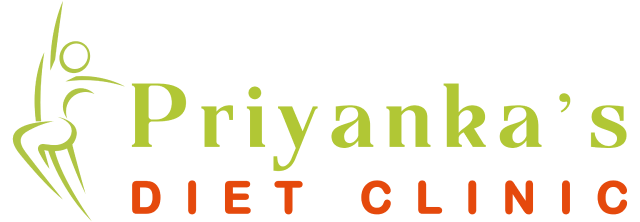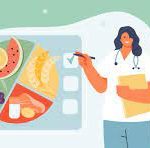Health & Wellness By Diet Therapy – Health & Wellness By Diet Therapy or a Diet Plan Nutrition can be utilized to treatment as a restorative or effective treatment for illness. Usually, this includes modifying a person’s current food habits in order to promote the best possible health and wellness. However, sometimes, a nutritional way of life strategy may be created with the purpose of avoiding certain foods in order to recover health and wellness.

A meal plan that controls the consumption of particular foods or nutrients is known as a therapeutic diet. It is typically prescribed by a doctor and managed by a dietician as part of the therapy for a medical problem. Usually, a therapeutic diet is just a regular diet modified. It is modified to fit the individual’s dietary requirements.
How Does Diet Therapy Work?
Diet therapy is a way of eating that a doctor may recommend in order to improve health. Diet therapy includes changing one’s current food habits in order to better one’s health. Clear liquid diets, complete liquid diets, high fiber diets, renal diets, pureed diets, and modifications to food allergies are a few examples of frequent therapeutic diets.
A healthy diet plan helps keep away future illnesses from having an impact on the body and is an important part of daily life. The treatments involve eating foods that improve specific health and well-being issues while avoiding foods that might make the issue worse. Medical experts agree that following a healthy, balanced diet can help treat illnesses and prevent them from occurring. This is the main purpose of a diet plan.
Objectives Of Diet Therapy.
- To increase or decrease body weight.
- To give an organ some rest.
- Adapt your diet to how your body processes various foods.
- To have a successful objective as a treatment (e.g. regulation of blood sugar in diabetes).
- To balance nutritional gaps by eating meals high in certain essential components(e.g. supplementing the diet with iron in treating anemia).
- To make digestion simpler by excluding unpleasant ingredients like fiber, spices, or foods heavy in fat.
Types Of Diets For Better Health & Wellness
Regular Diet or prophylactic – All food types are included in a regular diet, which is balanced and capable of maintaining a state of good nutrition. Everyone must eat a diet similar to this.
Modified or therapeutic diets – These diets include all those that differ from the standard diet and are designed to meet the particular nutritional needs of the patient, such as soft diets, liquid diets, high-calorie, high-protein diets, low-calorie, low-protein diets, high residue diets, low residue diets, high residue diets, low residue diets, low sodium diets, bland diets, and low carbohydrate-high protein diets.
Below we have mentioned the proper diet plan and how you can follow them in your daily routine.
Liquid Diet
Foods that are liquid at body temperature make up a liquid diet.
This kind of diet is recommended for individuals who have trouble chewing, swallowing, or digesting food in some post-operative situations and in cases of severe diseases.
While the patient is awake, at least 170g of the feed must be given every two hours.
Giving fresh fruit juices (apple, grape, and cranberry), popsicles, and fruit drinks that have been mixed and filtered are the healthiest options.
Soft Diet
A soft diet consists of liquids and semi-solid meals and has a soft feel. It is recommended for people who cannot manage a regular diet, in some gastrointestinal diseases, acute illnesses, and specific post-operative conditions.
All liquids, properly prepared cereals, spaghetti, white bread and crackers, eggs, cottage cheese, tender meat, fish, poultry, and vegetables are all part of the soft diet. There aren’t any spices used in the preparation of a soft diet.
High-Calorie Diet
The high-calorie diet contains more calories than the typical patient would generally need. It is advised when malnourished, underweight, or post-surgical patients such as those dealing with cancer, burns, and fevers need more total calories. It is prescribed to satisfy an energy requirement brought on by a quick metabolism that comes along with certain disorders.
High-Protein Diet
Protein is necessary for the development and regeneration of tissues. Nearly all diseases, such as nephrosis, liver cirrhosis, infectious hepatitis, burns, or radiation exposure, require a high-protein diet.
For kids, a daily protein intake of at least 0.9g/kg of body weight is recommended. Therefore, a high-protein diet should include at least 1.5g of protein per kilogram of body weight per day.
Conclusion
Sticking to junk food, or more oily food can affect your health. Following a healthy diet in your daily routine will help you a lot. After good research above we have mentioned the best diet plan and how they will help on a different basis. So, you can follow the above-mentioned diet plans for a healthy life.






